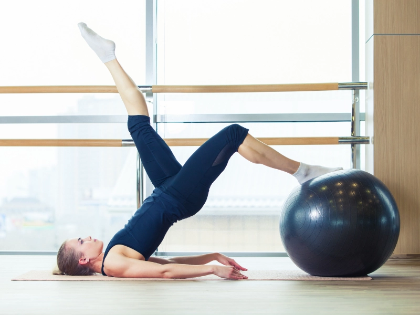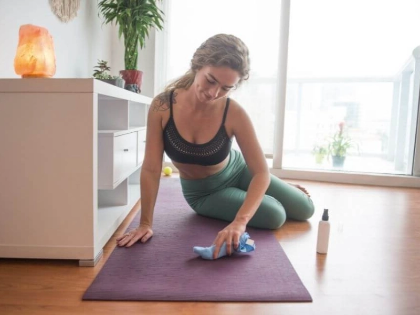ImprovingYoga Balance: Techniques For Steadier Poses
Any yoga practice must have balance as its cornerstone. It builds lower body and core muscles as well as stability. Whether you practice yoga often or just recently, it's crucial to enter balancing positions gently and with awareness. Rushing into a pose might throw off your centre of gravity and lead to wobbling or collapse from the stance.
1. Observe Your Alignment
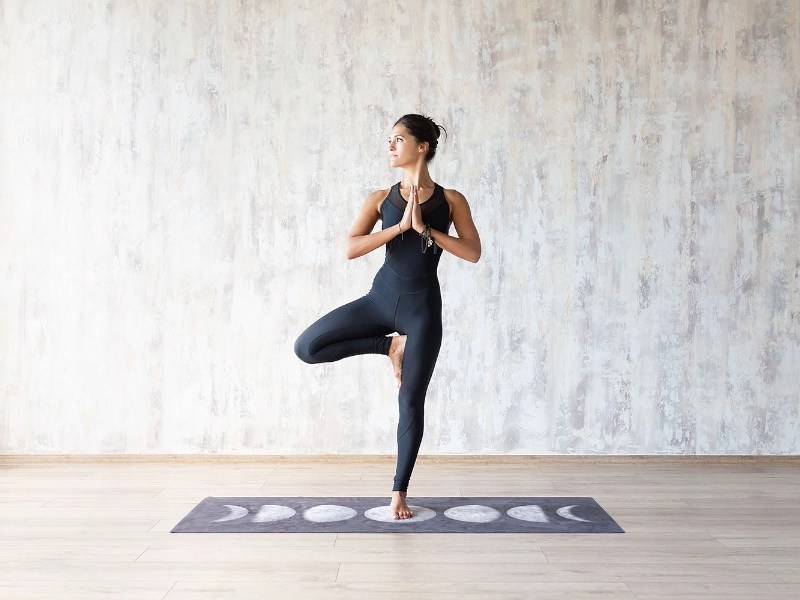
2. Take Your Eyes Off the Floor
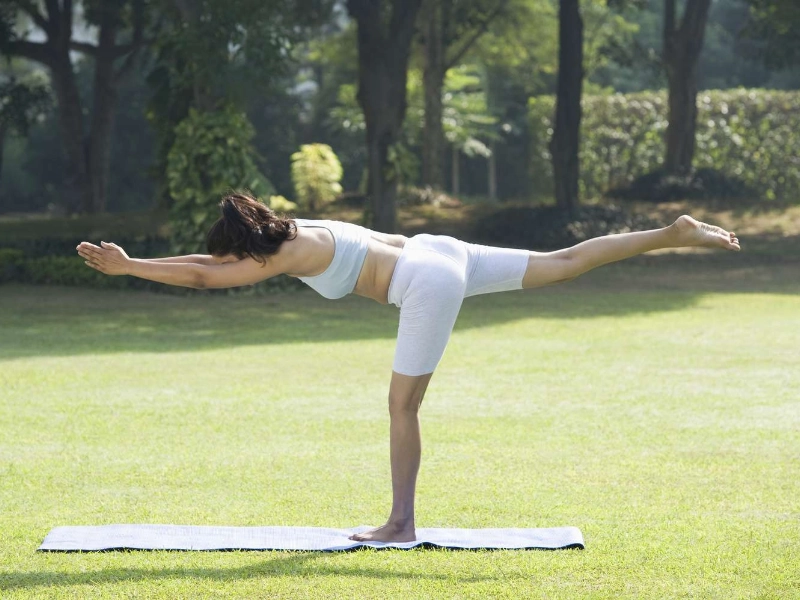 Your balance will develop and you will be able to enter increasingly difficult yoga poses. The first stage is to turn your eyes, or drishti, to several areas of the room, so forcing your body to discover steadiness free from outside signals.
Try Tree Pose, for instance, then quickly turn your head to the left to move your gaze along with it and identify a fresh centre of emphasis. Continue this over and over, strengthening and focusing by moving your head and eyes about the room.
You could eventually choose to exercise on an unstable surface, which will increase the strength of your legs and core. This can also improve proprioception—that is, your capacity to know where your body is in space without looking at it.
Your balance will develop and you will be able to enter increasingly difficult yoga poses. The first stage is to turn your eyes, or drishti, to several areas of the room, so forcing your body to discover steadiness free from outside signals.
Try Tree Pose, for instance, then quickly turn your head to the left to move your gaze along with it and identify a fresh centre of emphasis. Continue this over and over, strengthening and focusing by moving your head and eyes about the room.
You could eventually choose to exercise on an unstable surface, which will increase the strength of your legs and core. This can also improve proprioception—that is, your capacity to know where your body is in space without looking at it.
3. Move Your Feet Together
Although you should practice a range of yoga postures, particularly ones that test your balance, you should also concentrate on strengthening and stretching particular body parts. For instance, try standing forward folds to assist develop leg strength and boost stability if you find it difficult balancing positions in which your legs support the body weight. Strengthening and flexing the feet is another excellent approach to enhance your balance in yoga. Practice the straightforward forward fold in which you point all of the toes on one foot and interlace your fingers. This position stretches the thighs, hips, shoulders, and chest and tests your balance. This interesting and demanding position will enable you to feel more secure and steady in your yoga practice.
4. Practice on a Stable Surface
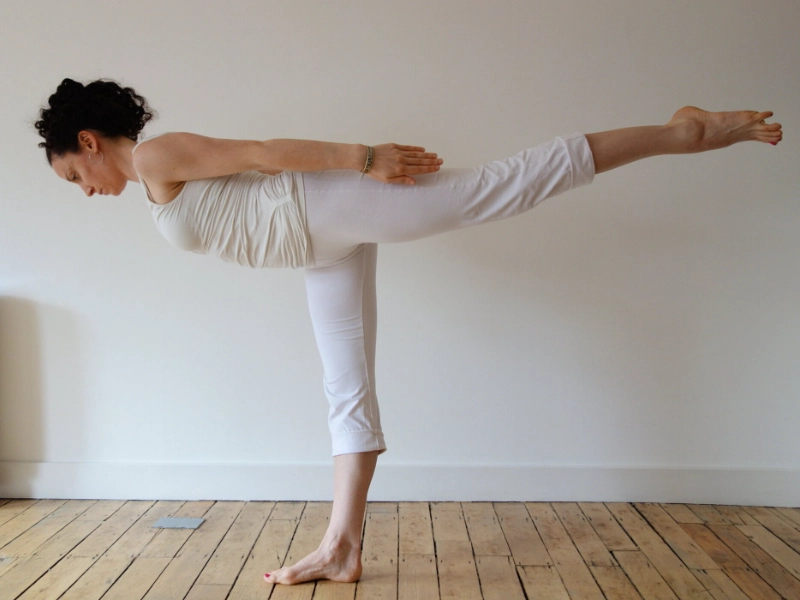 Try progressing into more difficult dynamic poses after you have grown at ease with static balance ones. This will help your exteroception—which relates to the vestibular system—and your proprioception, or internal awareness of where you are in space.
Begin with Eagle pose, which stretches the chest, shoulders, and groynes by crossing one leg over the other, therefore testing your balance. Try half moon once you're at ease with this. It builds the core, back, and shoulders as well as hip flexibility and leg strength.
As you practice, remember to remain lighthearted and let go of any ego concerns. It's okay if you slouch; this is only a natural aspect of the process. Just keep in mind that true benefits come from consistent practice.
Try progressing into more difficult dynamic poses after you have grown at ease with static balance ones. This will help your exteroception—which relates to the vestibular system—and your proprioception, or internal awareness of where you are in space.
Begin with Eagle pose, which stretches the chest, shoulders, and groynes by crossing one leg over the other, therefore testing your balance. Try half moon once you're at ease with this. It builds the core, back, and shoulders as well as hip flexibility and leg strength.
As you practice, remember to remain lighthearted and let go of any ego concerns. It's okay if you slouch; this is only a natural aspect of the process. Just keep in mind that true benefits come from consistent practice.
5. Practice on an Unstable Surface
Yoga balance postures challenge the ability to feel one's own body location in space. Regular training helps with spatial body awareness, sometimes known as proprioception. Work up to increasingly unstable surfaces, such a rug or carpet or a foam block, starting on a steady surface, such a mat or the floor. This will enable you in daily life to acquire the capacity for balance on uneven ground. Including more sophisticated balancing postures in your programme will boost confidence and strength. If you fall out of a pose, don't let that discourage you; try again the following day. Remember, developing equilibrium takes time; therefore, be patient! You will at last reach your target. The secret is to keep working, modify the position as necessary, and have fun all through.







